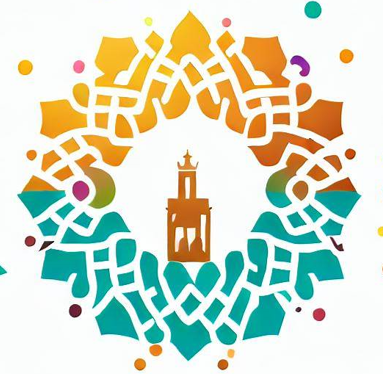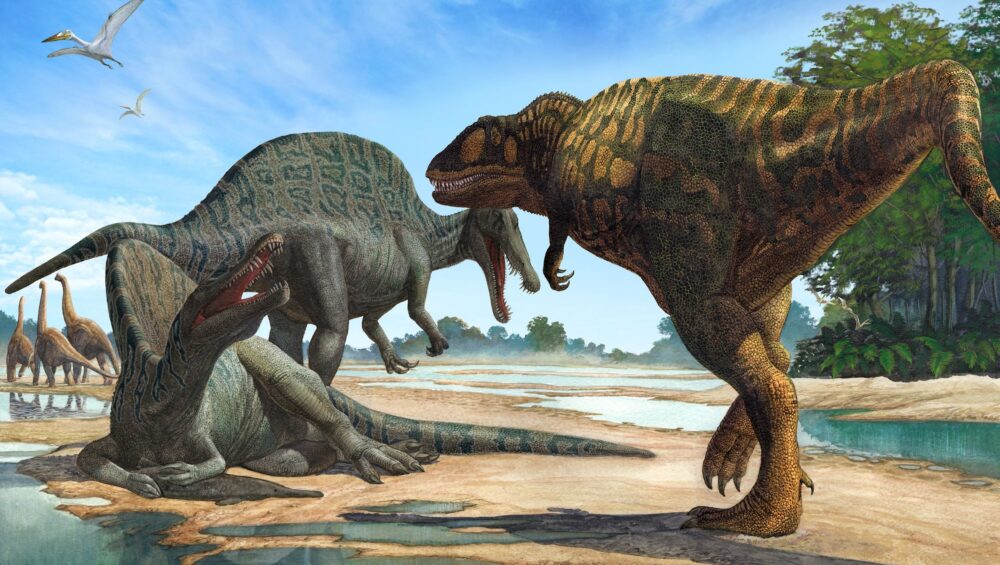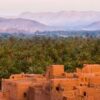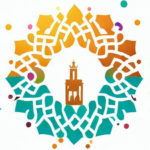Morocco is known to be a rich source of fossils, with numerous sites throughout the country boasting a vast collection of prehistoric remains. The country hasa long and rich geological history, which has contributed to the abundance of fossils found in the region. Here, we take a closer look at the fascinating world of fossils in Morocco.
The Moroccan Atlas Mountains are home to a variety of different fossils, rangingfrom dinosaurs to sea creatures, dating back as far as 500 million years ago. The region has a unique geology, which has preserved many ancient organisms in a number of different rock formations. The most famous site in the country is the Kem Kem Beds in the southeast, where numerous dinosaur and other prehistoric animal fossils have been discovered.
The Kem Kem Beds are located in the Sahara Desert in eastern Morocco and are thought to be around 100 million years old. They are named after the Kem Kem river that runs through the area, and the rocks here contain a wealth of dinosaur fossils. The most common fossils found here are those of theropods, a group of carnivorous dinosaurs that includes famous species such as the Tyrannosaurus rex, as well as other predatory dinosaurs such as the Spinosaurus. Other dinosaur fossils found in the Kem Kem Beds include the sauropods, herbivorous dinosaurs with long necks and tails.
As well as dinosaurs, the Kem Kem Beds also contain the remains of other prehistoric animals, such as pterosaurs, crocodiles, turtles, and fish. This diverse range of fossils provides a glimpse into the environment of the prehistoric past, when the Kem Kem region was a water-filled ecosystem home to a variety of different organisms.
Another notable fossil site in Morocco is the Tizi n’Tagharat Plateau, located in the High Atlas Mountains. Here, fossils of trilobites and other marine creatures dating back to the Cambrian period (around 500 million years ago) have been discovered. These fossils offer a glimpse into the earliest stages of life on Earth, when the oceans were teeming with a diverse range of creatures.
Morocco’s fossil heritage has not gone unnoticed by scientists and fossil enthusiasts from around the world. The country has become a popular destination for paleontological expeditions and attracts researchers, collectors, and tourists alike. The Moroccan government has recognized the value of its fossil heritage and has implemented measures to protect and preserve these important sites.
In conclusion, Morocco is a treasure trove of prehistoric fossils, offering a window into the fascinating world of ancient life. From the majestic dinosaurs of the Kem Kem Beds to the earliest marine creatures, the country’s geological history has left behind a rich collection of fossils waiting to be discovered and studied.





